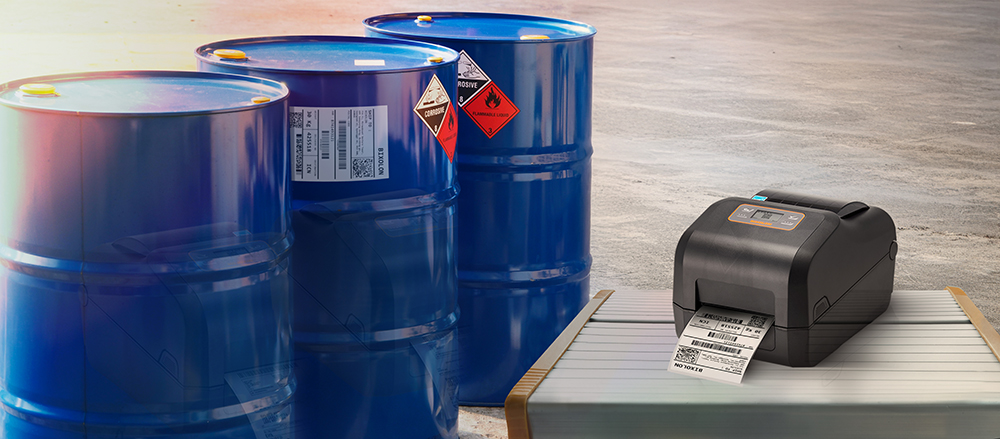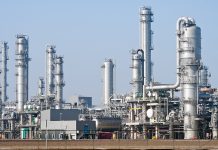In recent years, drone and missile sabotage attacks on refineries and storage farms have become more frequent and significantly more dangerous. These attacks have already caused billions of dollars in damages to the oil and chemical industry.
The most recent incident happened in June 2018, at the Fida Oil Farm in Ras Lanuf, Libya.
Since 2014, at least one oil tank has been destroyed in Libya every year due to sabotage attacks. In June 2018, violent clashes between the forces of rival armed groups resulted in another incident that once again destroyed precious property. Three oil tanks at the Fida Oil Farm, west of the Ras Lanuf oil terminal were hit and caught fire, as a result of the heavy shelling. The ensuing fire was so intense that the smoke was easily visible from outer space. Reports indicated that the storage tanks held more than 440,000 barrels of crude before they were hit – a value of more than USD 30 million by itself. Later, as events unfolded and escalated, a third tank caught fire. Local reports from the site claimed that firefighters were running out of foam quickly and without proper equipment and safety measures in place, they had no real hope of extinguishing the blaze. Industry experts estimated the damage to be around USD 100 Million.
One would think that these types of events are extremely rare; yet in reality, they happen more often these days than ever before.
Without implementing the right defense systems, the damage of such an attack could inflict on a refinery or massive storage tank facility ranges from hundreds of millions to billions of dollars.
Unfortunately, despite continuous and strenuous research efforts throughout the fire protection industry, it has presented a challenge to identify a solution that could prevent such events from escalating into catastrophe.
Now it seems that there is finally hope on the horizon. One company from Sarnen, Switzerland called Swiss Fire Protection Research and Development has been focusing on combating the threat such attacks are posing to the oil & gas and the chemical industry, and has consequently developed a complex system to save chemical facilities in case of sabotage attacks – and naturally also in accidental fire events.
During the past 3 years, SFPRD has been developing the fourth generation of the Pressurised Instant (Pi) Foam fire suppression technology, which, compared to the previous versions is far more efficient and economical. This most recent version of the Pi Foam fire suppression technology is capable of extinguishing a full surface fire on a storage tank in merely 3.14 (pi) minutes – even on the biggest ones. When it comes to firefighting of such a blaze, the first 5 minutes following the ignition plays a crucial role. Usually, this is the time frame in which the wall of a storage tank above the product level will reach 500 degrees Celsius, which can result in significant structural damage.
Traditional foam technologies require a large capacity water supply to produce the foam, as well as powerful pumping stations to allow for adequate pressure. However, the Pi Foam technology differs from these in the sense that it doesn’t rely on water source and pumping stations in times of crisis, so there is no need for a high-pressure water system at all.
Instead of using foam generators, the Pi foam is created by using soluble gas – and when it is released, the foam expands by itself. Unlike traditional foam technologies where the mixing occurs after the ignition, this new foam creation technique allows for serious preparation and time-saving as it occurs in advance. After mixing, the foam is stored in a pressurised vessel and is ready to be used immediately if needed. Moreover, if stored under the right circumstances, the foam premix can keep its condition and characteristics for at least 5-10 years.
Some energy companies around the world are already choosing Pi Foam for protection to great effect. These include Chevron and Oiltanking, among many others.
SFPRD is offering free construction budget planning for first time customers (partners) in sabotage affected areas. The company has made it their mission to research, evaluate and improve industrial fire prevention, protection and emergency systems for the most endangered areas in the world.
Find out more at www.pifoam.ch and www.sfprd.com.










